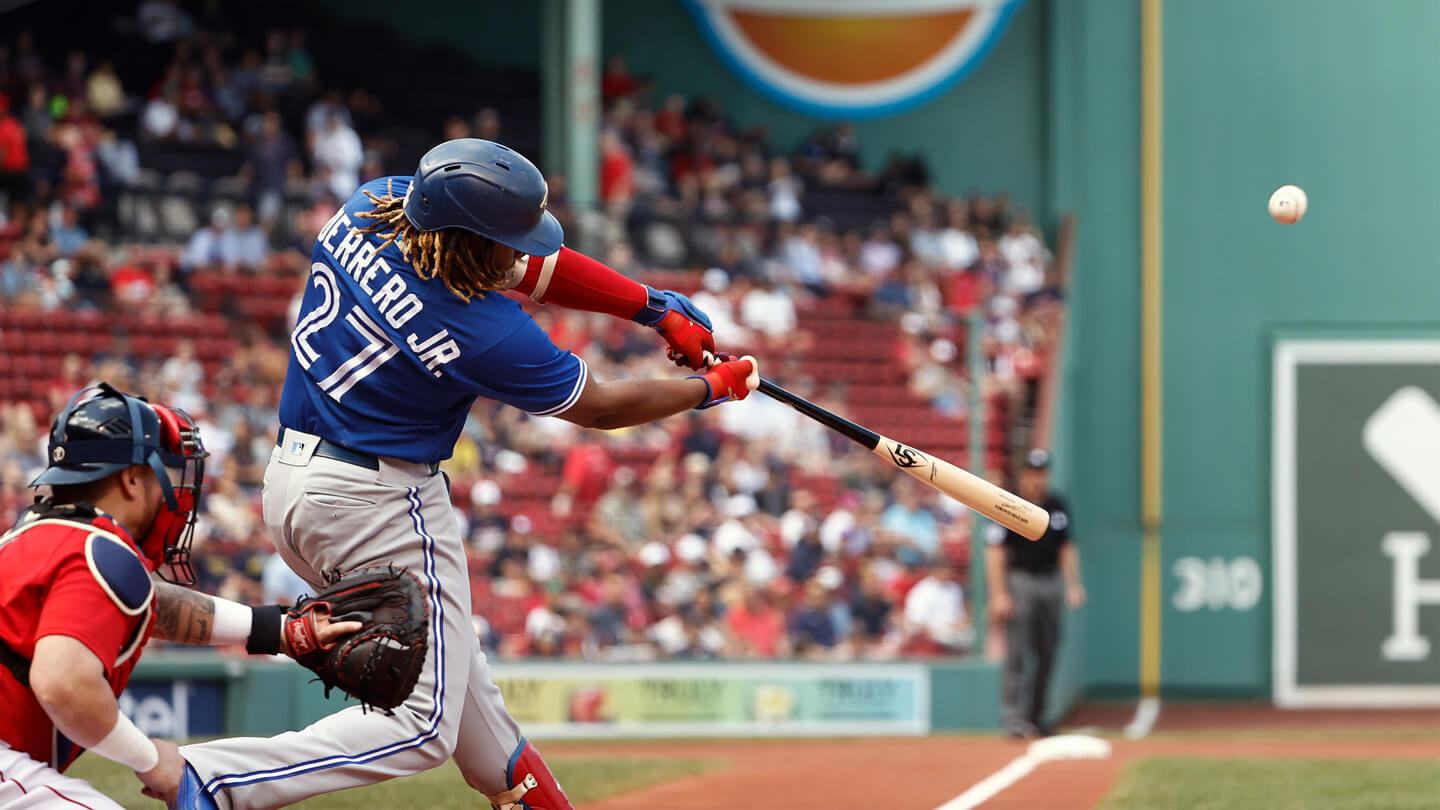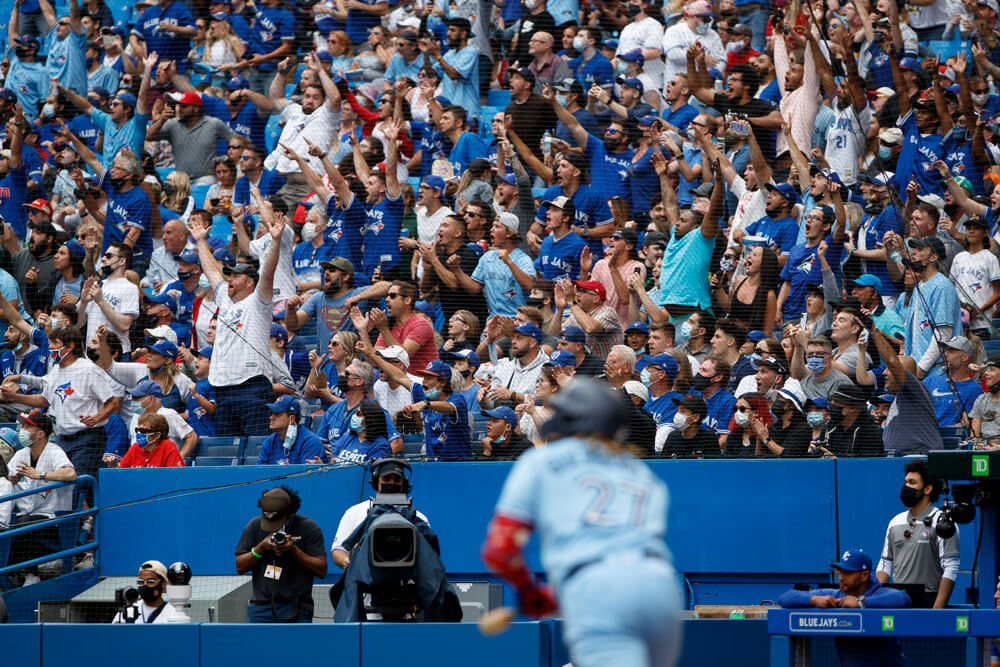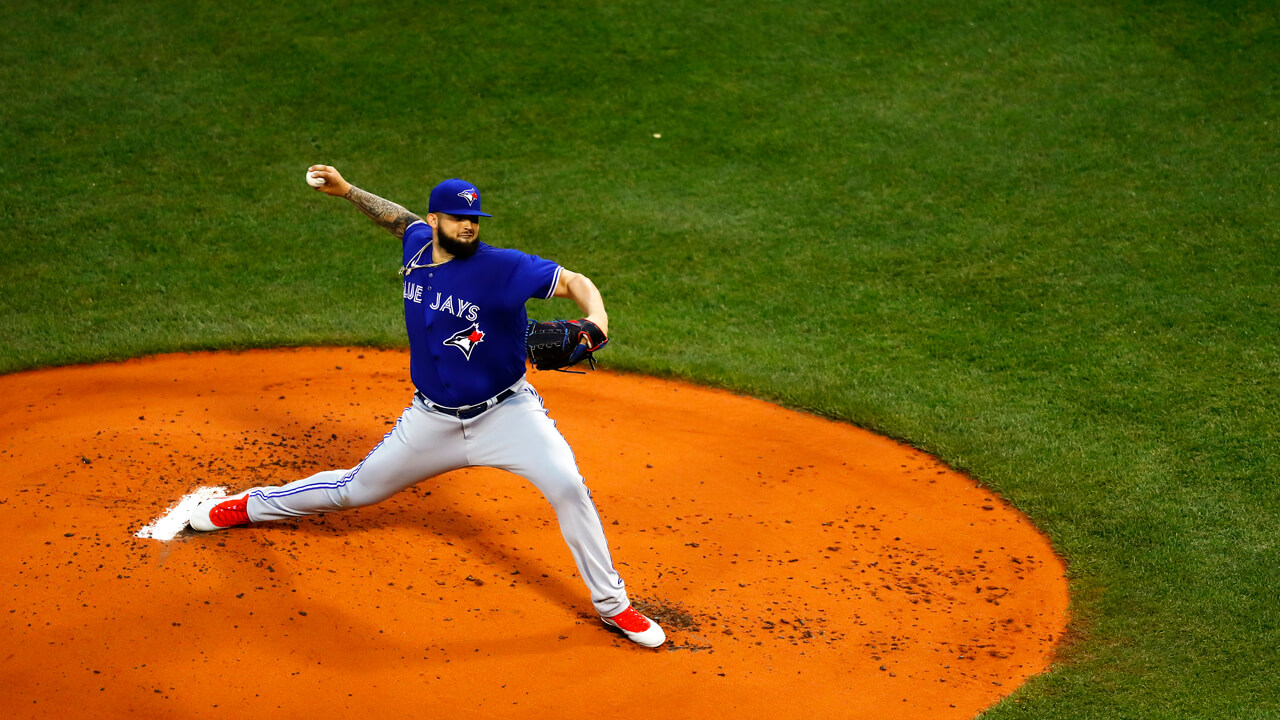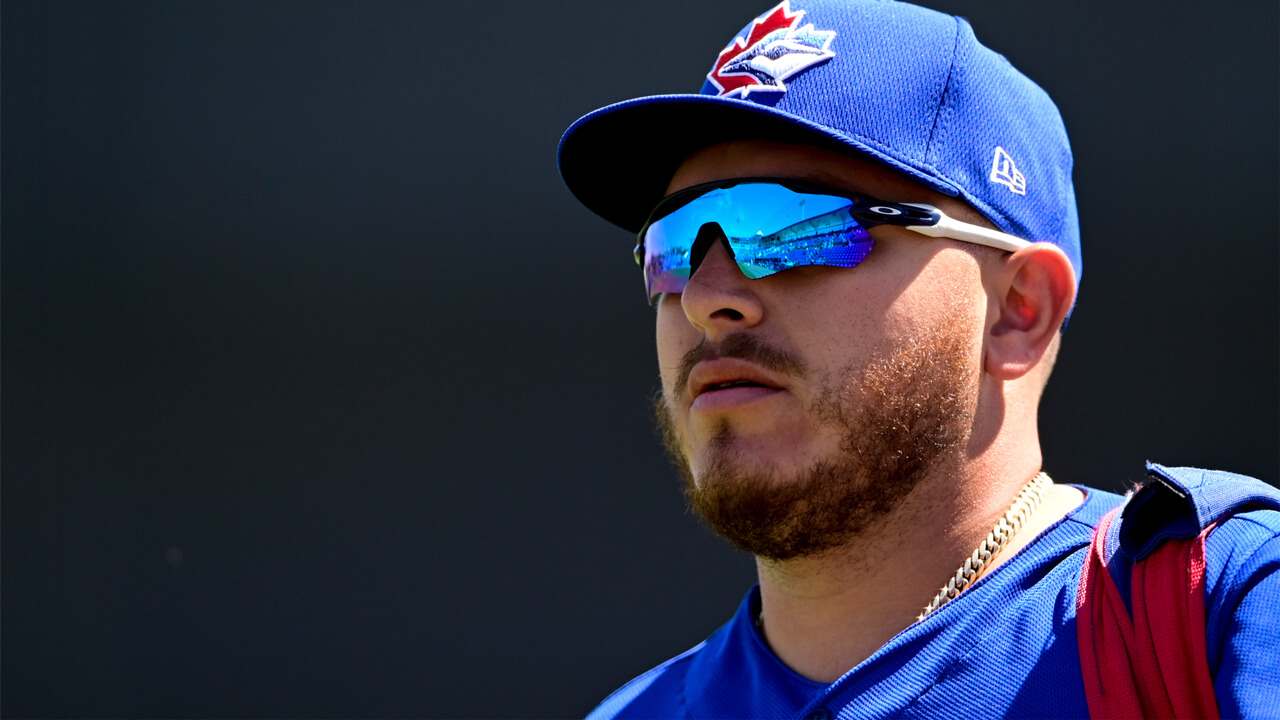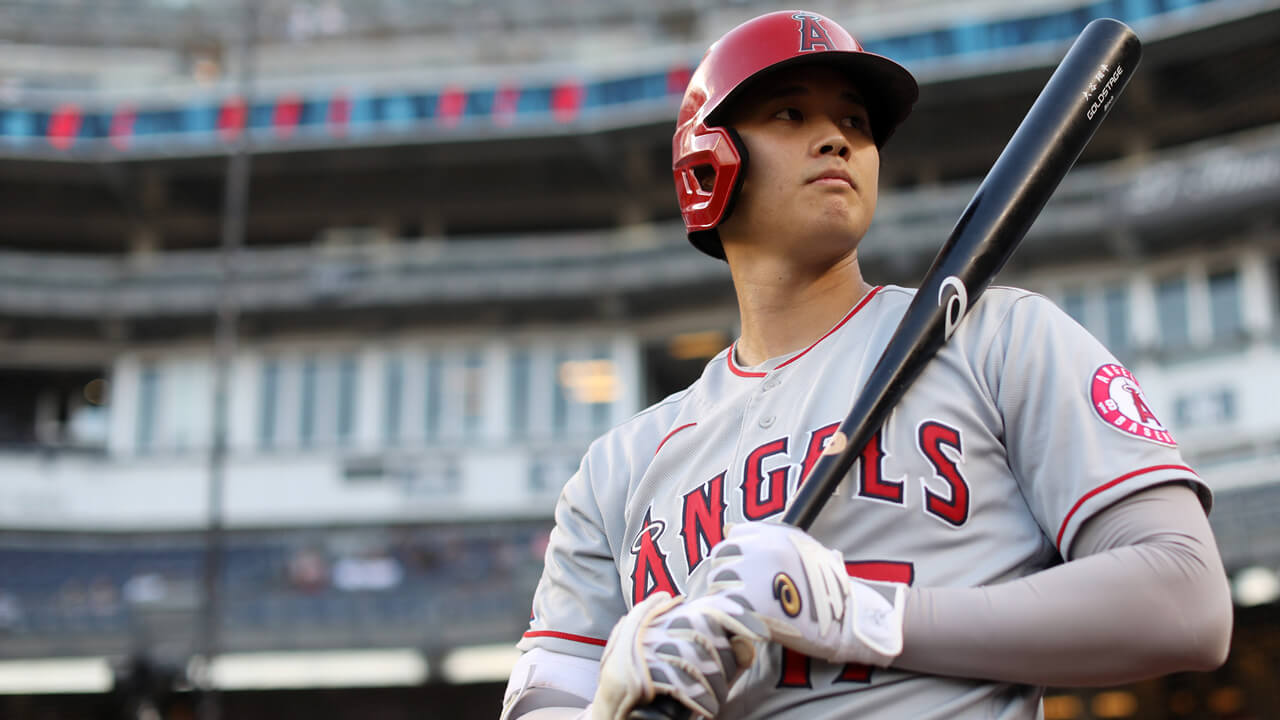Guerrero’s improvement at first base isn’t as flashy as his performace at the plate, and that’s led to his leap on defence going overlooked, and perhaps underappreciated. While the eye test tells a pretty clear tale, a more objective measure comes from the imperfect-but-useful measure of Defensive Runs Saved, which calculates defensive performance relative to league average. Last year, in 299 innings, Guerrero’s DRS was minus-4. This year, in 736.2 innings, he’s at zero, a monumental gain when you factor in the disparity in workload. Statcast’s Outs Above Average shows a similar gain, from minus-three to zero, and for further context, back in 2019, when he was at third base, his OAA of minus-20 ranked 260 out of 261 qualified players. If he can maintain a similar trajectory, a Gold Glove down the road may legitimately be in the realm of possibility.
Most telling, though, are Guerrero’s reactions when he’s unable to scoop a ball in the dirt or corral an errant throw. “You can see that it bothers him, that he feels like he let someone down, which is fine,” says Rivera. “I want him to feel that way, not like, ‘Oh, you threw it in the dirt, it’s your fault, it’s not my fault.’ Those are the guys you want out there, that care for their teammates, because those are the guys that are going to make the three other guys better.”
So even in the midst of a remarkable season, one that’s up there with the best years franchise giants Carlos Delgado, Jose Bautista, George Bell and Josh Donaldson ever put up, there’s still the possibility of more from Guerrero, with the glove and, yes, even at the plate.
“There are always going to be opportunities with Vladdy to maximize his power, his bat speed,” says general manager Ross Atkins. “As great as the adjustments he made this last off-season were, [how can he continue] to push that forward and not rest on, ‘Okay, this is good enough for where I want to be,’ but just continuing to think about ‘How can I get better?’”




